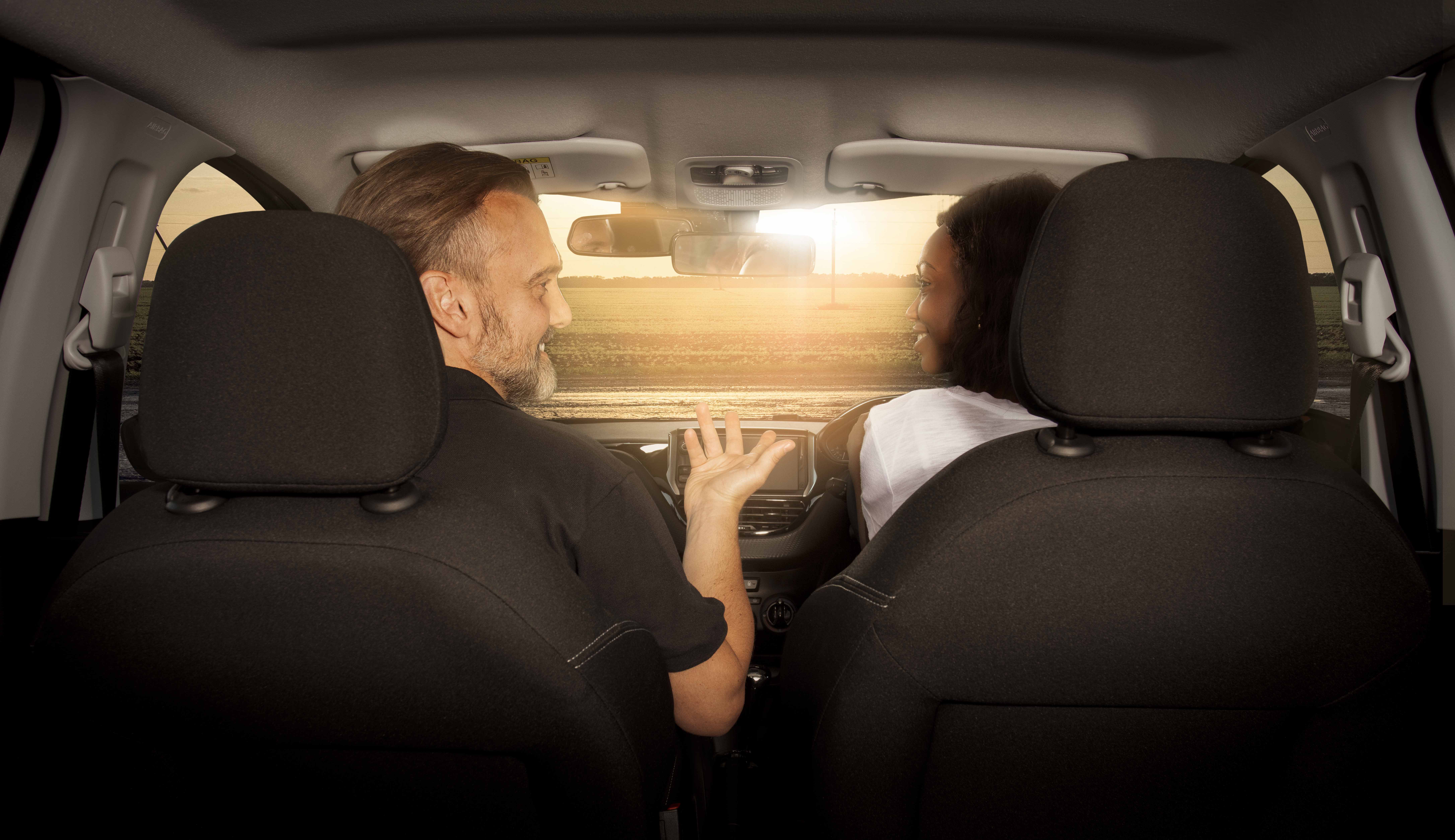Automatic Driving Lessons
Learn to Drive

Automatic lessons
Learning to drive in a manual car isn't for everyone especially in busy cities where changing gears and clutch control is a necessary part of everyday driving. If you want to live life without the clutch pedal it can make the physical job of driving much easier, allowing you more time to concentrate on driving safely. Thankfully our talented BSM driving instructors are on hand with automatic driving lessons that can get you on the road in no time.
Guide to learning in an automatic
There are loads of reasons you might choose to learn in an automatic car. A lot of people find it a lot easier than using a manual. And if you have a disability that makes it difficult to change gears, an automatic is a great option.But is it for you? Let’s have a closer look.
What’s the difference between an automatic and a manual?
Automatic and manual refer to the transmission. In other words, the gears. In a manual car, you have to change all the gears yourself. An automatic basically does it for you.
That’s not to say you don’t have gears in an automatic. They’re just a bit more basic. You sometimes get others, but the main four are:
● P: Park - This is the same as neutral, but the wheels are locked. You should be in park when you switch the engine on or off.
● D: Drive - Where the fun begins! This is for going forward, and the car will automatically go from first to second gear and so on. There are sometimes additional variations, but you’re likely to spend most of your journey in this gear.
● N: Neutral - You can put the car in neutral when stopped in traffic or at lights.
● R: Reverse - Does what it says on the tin.
In a manual car, gears are usually changed by pressing on the clutch. This means that automatic cars don’t have a clutch, making them difficult to stall. You also won’t grind the gears, or put it in the wrong gear by mistake.
Do more people drive manual or automatic cars?
In the UK, manual cars are much more common. Although the percentage of newly manufactured automatics is on the rise.
Automatic cars tend to be more costly. They use more fuel on average, and are more complicated to build. This also means they’re comparatively expensive to repair and insure.
When is it better to drive an automatic?
If you live in an urban area, you might find driving an automatic more convenient. If there’s a lot of traffic, you’ll need to stop and start regularly. So driving a manual will mean changing gears frequently, and working the clutch a lot.
Also, if you live in a hilly area, automatics can be really handy. Hill starts are much easier in an automatic, as you don’t have to find the bite of the clutch, and are at less risk of rolling backwards.
Will I get my driving licence quicker learning to drive in an automatic?
Sounds like a no-brainer. What’s the downside?
As mentioned, automatics tend to be more expensive to buy and maintain, as a result auto lessons are often more expensive than manual lessons.
But there’s another downside to learning to drive in an automatic, and it’s a biggie. If you pass your test in an automatic, that’s all you’ll be qualified to drive. You won’t be licenced to drive a manual.
This can be very limiting - especially if you need to buy a car, or rent one. Manuals are more common, so there’s a great deal more choice on that front. And if you decide later that you’d prefer to drive a manual car, you'll need to take your test again.
Automatic driving instructors near you
Our expert instructors deliver automatic driving lessons all over the country and can build a bespoke learning plan that caters for your needs in either a manual or automatic car. We find that most learners tend to progress quicker when taking at least two hours of tuition a week, but ultimately it's your call and your instructor will adapt to meet your needs.
Intensive Courses

Pass Plus Courses
